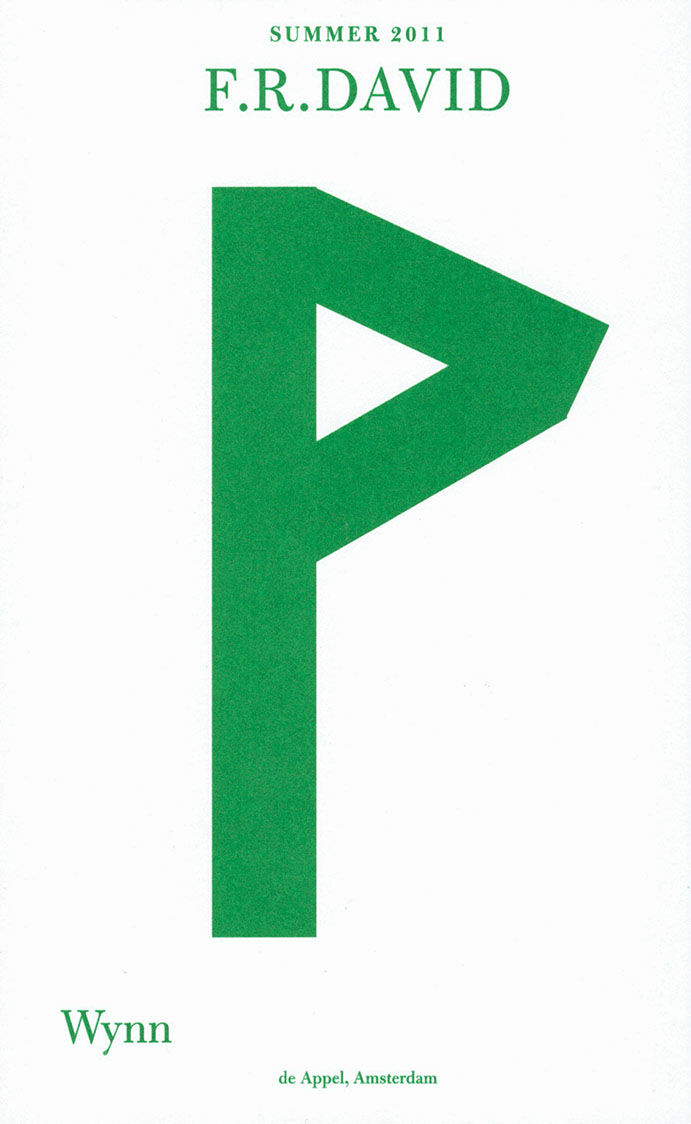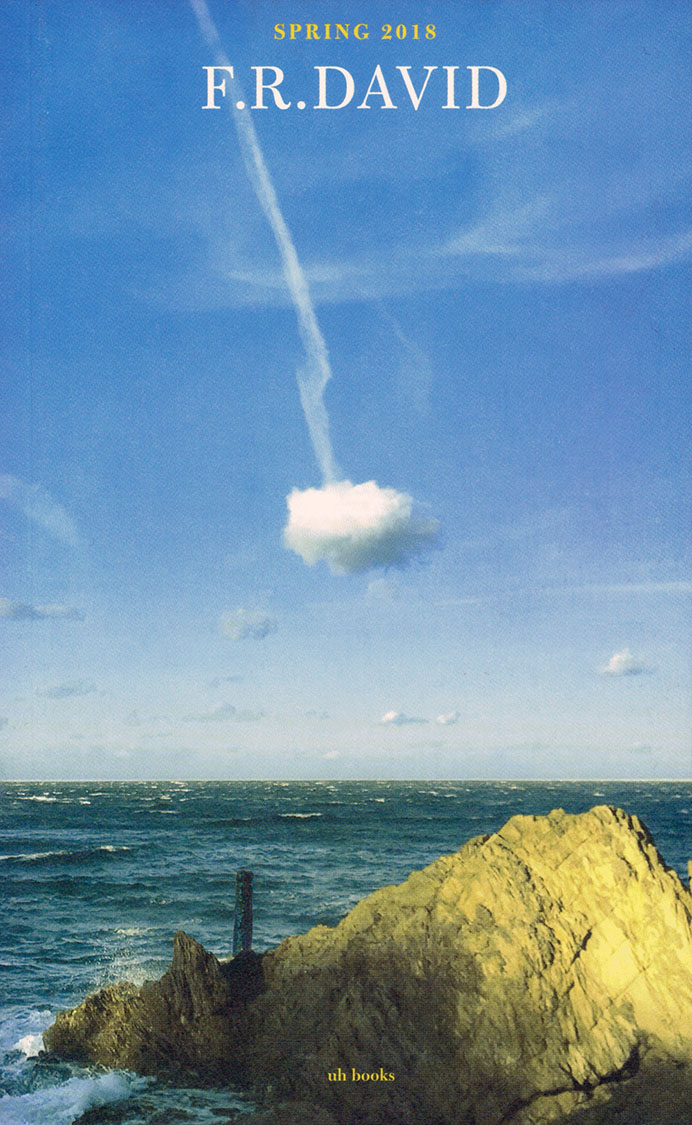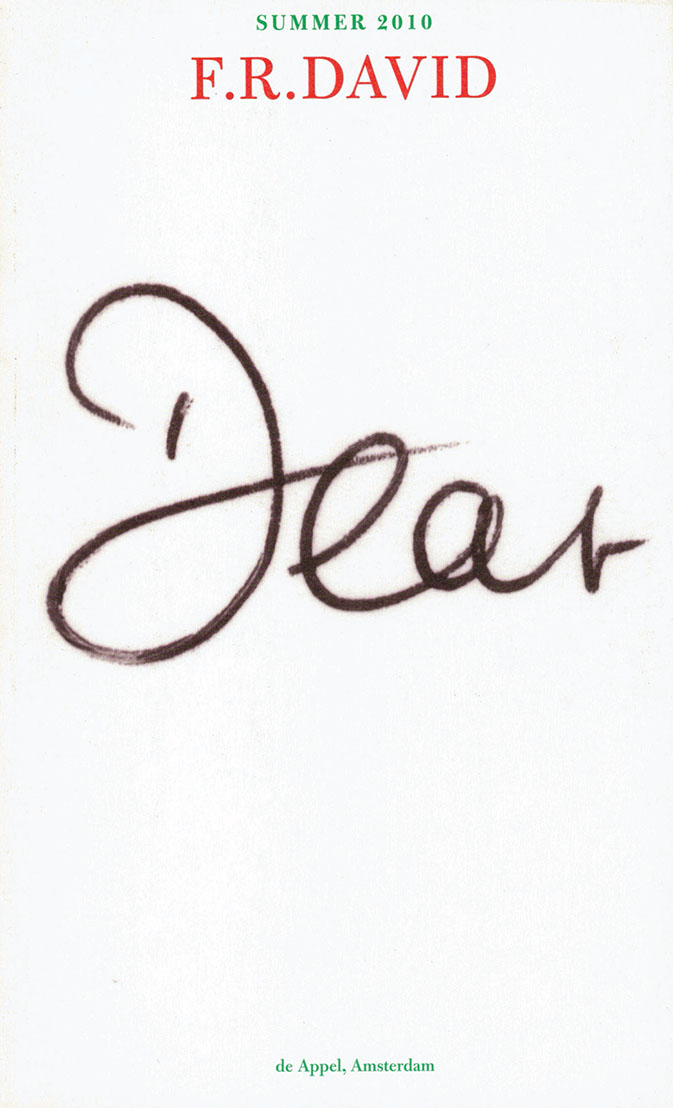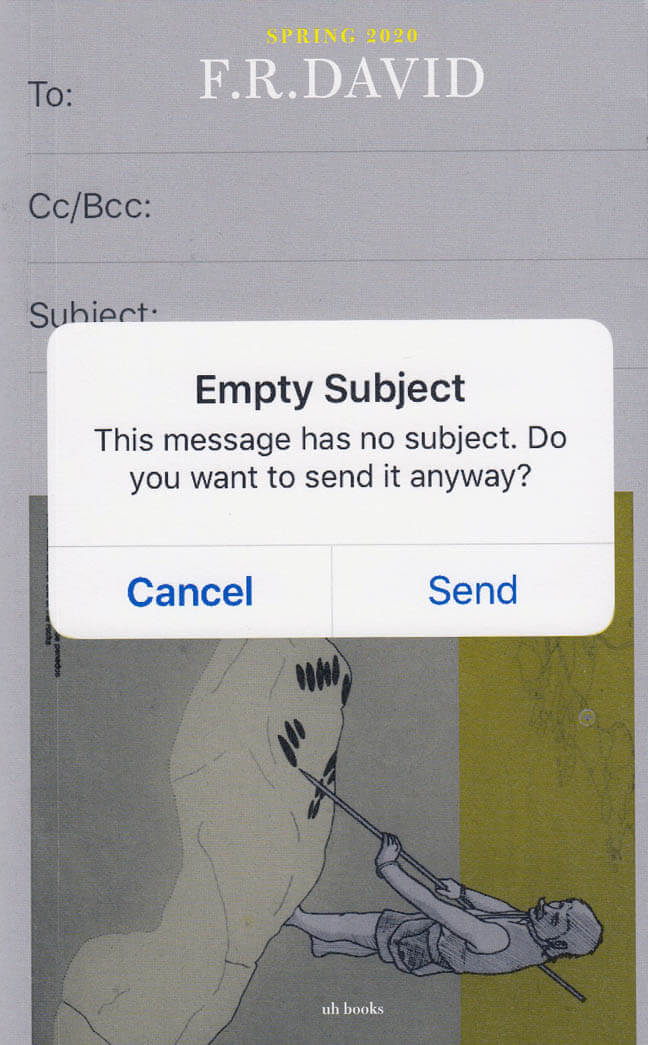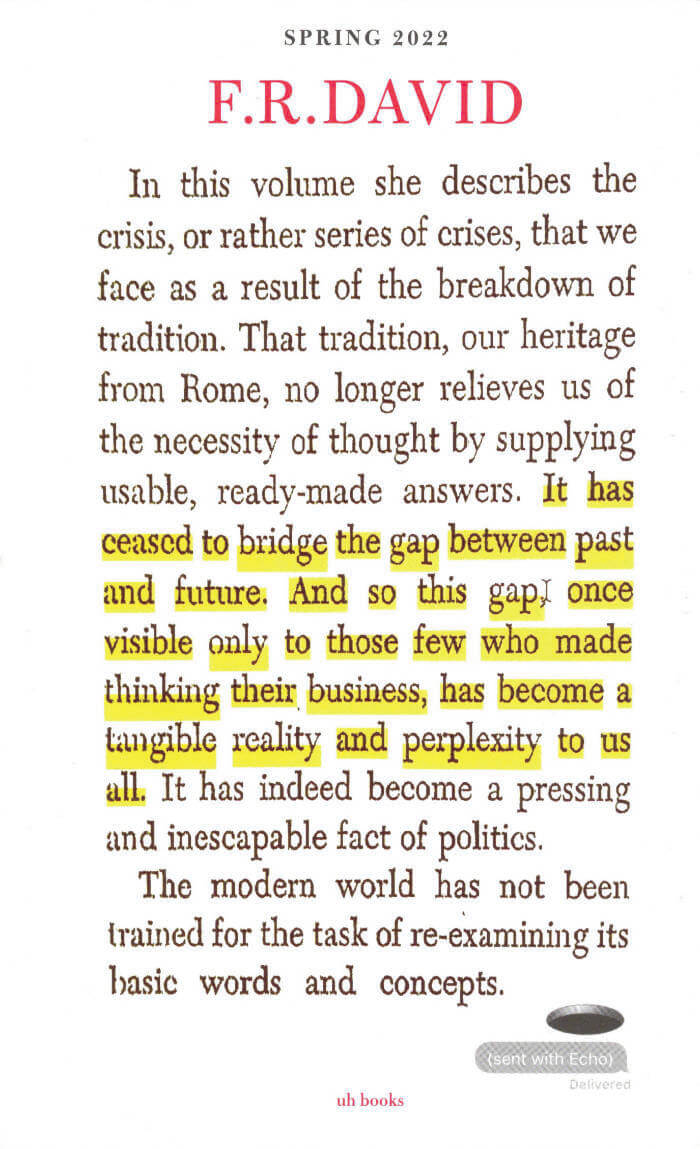
F.R. David - "Take, Eat"
Will Holder ed., Andrea di Serego Alighieri ed.
F.R.DAVID is a typographical journal, dealing with the organisation of reading and writing in contemporary art practises.
The 21st issue, “Take, Eat” is edited by Will Holder, with Andrea di Serego Alighieri. Andrea’s image-heavy talk on word spacing and vocalisation runs all the way through, on the right-hand pages: the opposite pages contain responses from Will. The issue almost stifles the triangulated space of image, context and commentary; and speaks of the moment between words, things, people, images, perception, past, present and future, between Andrea’s pages and Will’s, as where meaning might breathe.
Language: English



